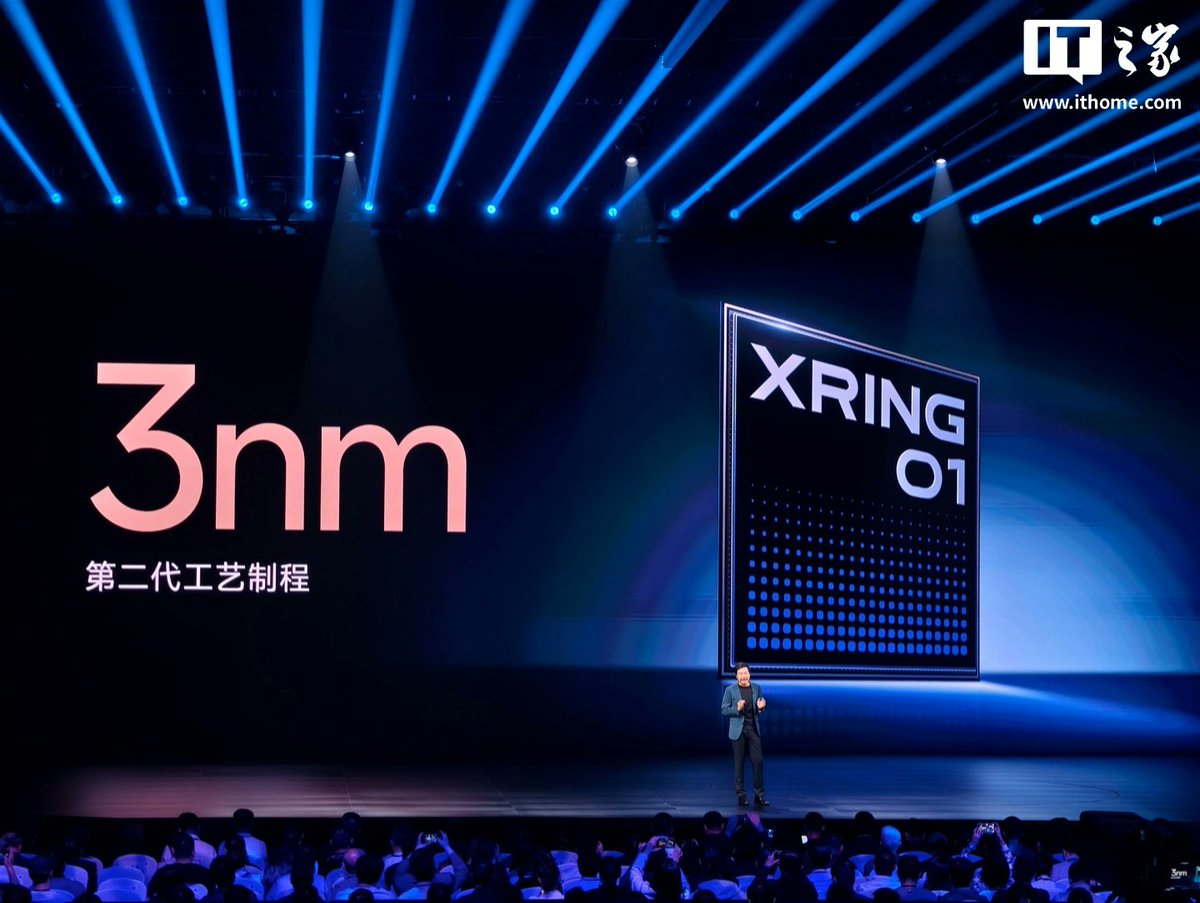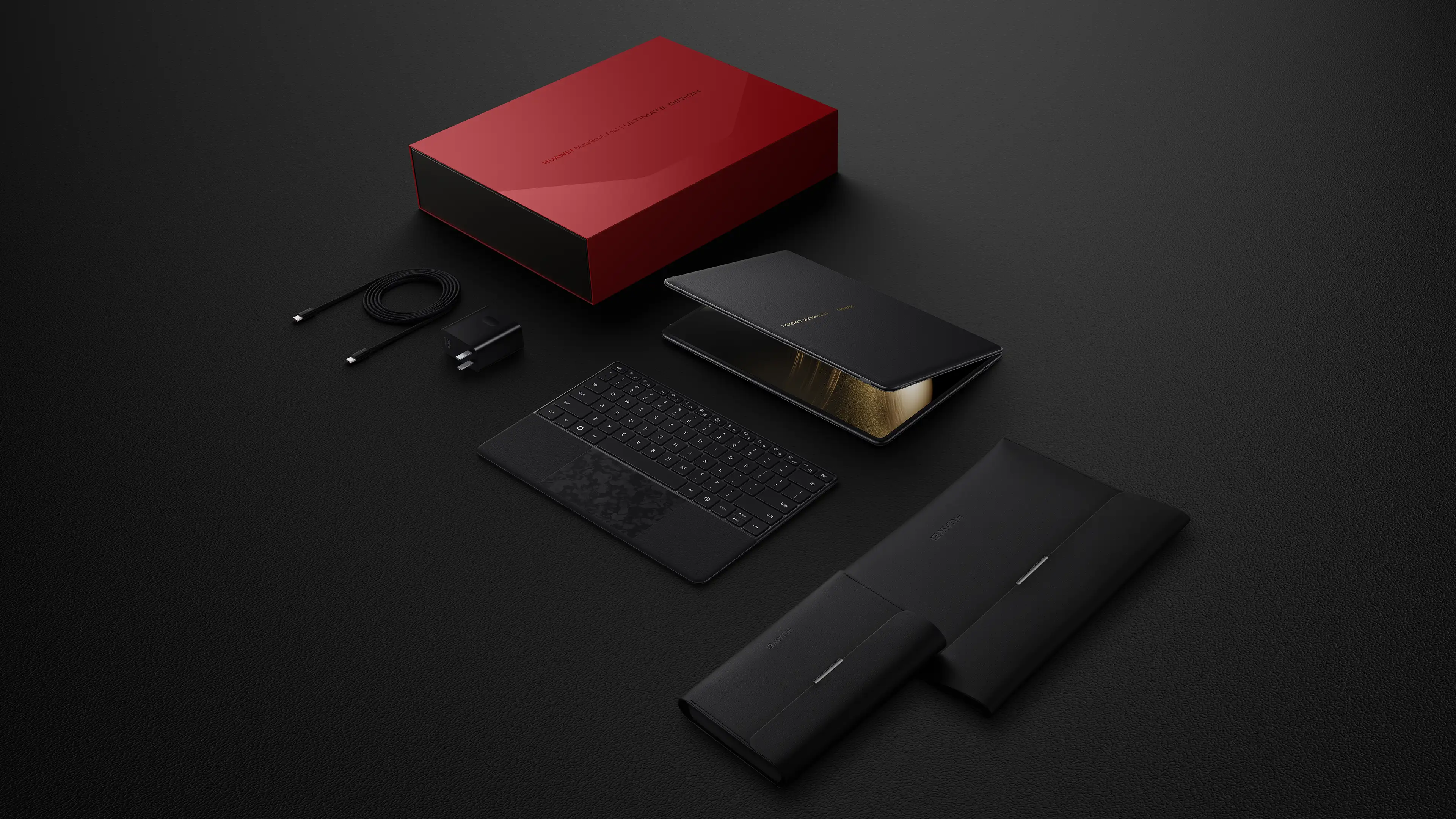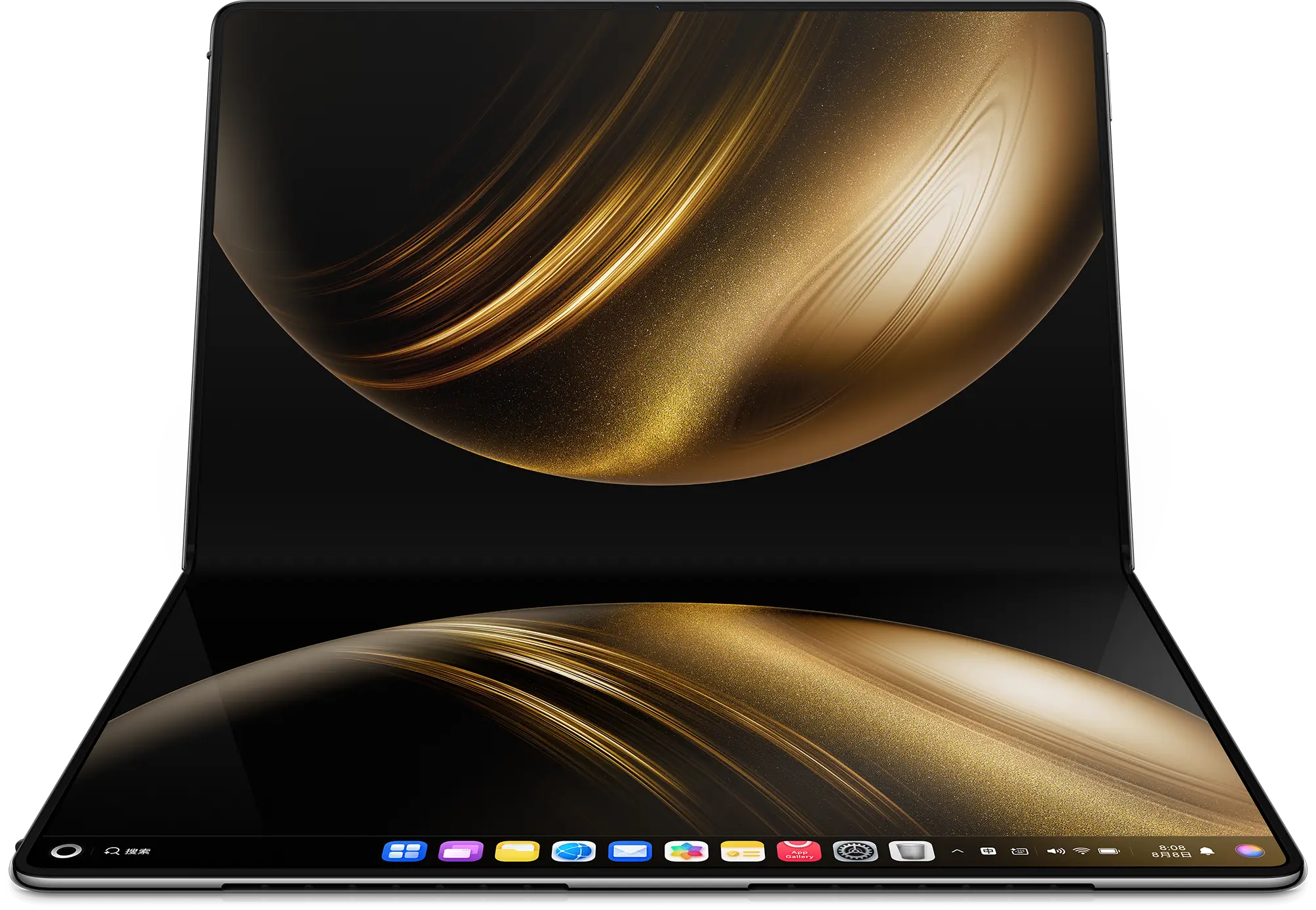Xiaomi YU7 Review: The Ultimate Electric SUV Experience
🚗 First Look at the Revolutionary Xiaomi YU7 Electric SUV
Discover the stunning gem-green beauty that's redefining electric vehicle luxury with cutting-edge HyperVision technology!
🌟 Introduction: The Gem That Made Us Go "Wow"
The Xiaomi YU7 isn't just another electric SUV – it's a technological masterpiece that commands attention from the moment you lay eyes on it. The stunning gem-green color immediately captivates, shimmering like a precious gemstone under any lighting condition.
As Eva from Eva's Tech Life perfectly described it: "Which sister, which female protagonist, can resist this allure?" The Xiaomi YU7 represents a significant evolution from the successful SU7 series, bringing enhanced design elements, revolutionary display technology, and practical innovations that set new standards in the electric vehicle market.
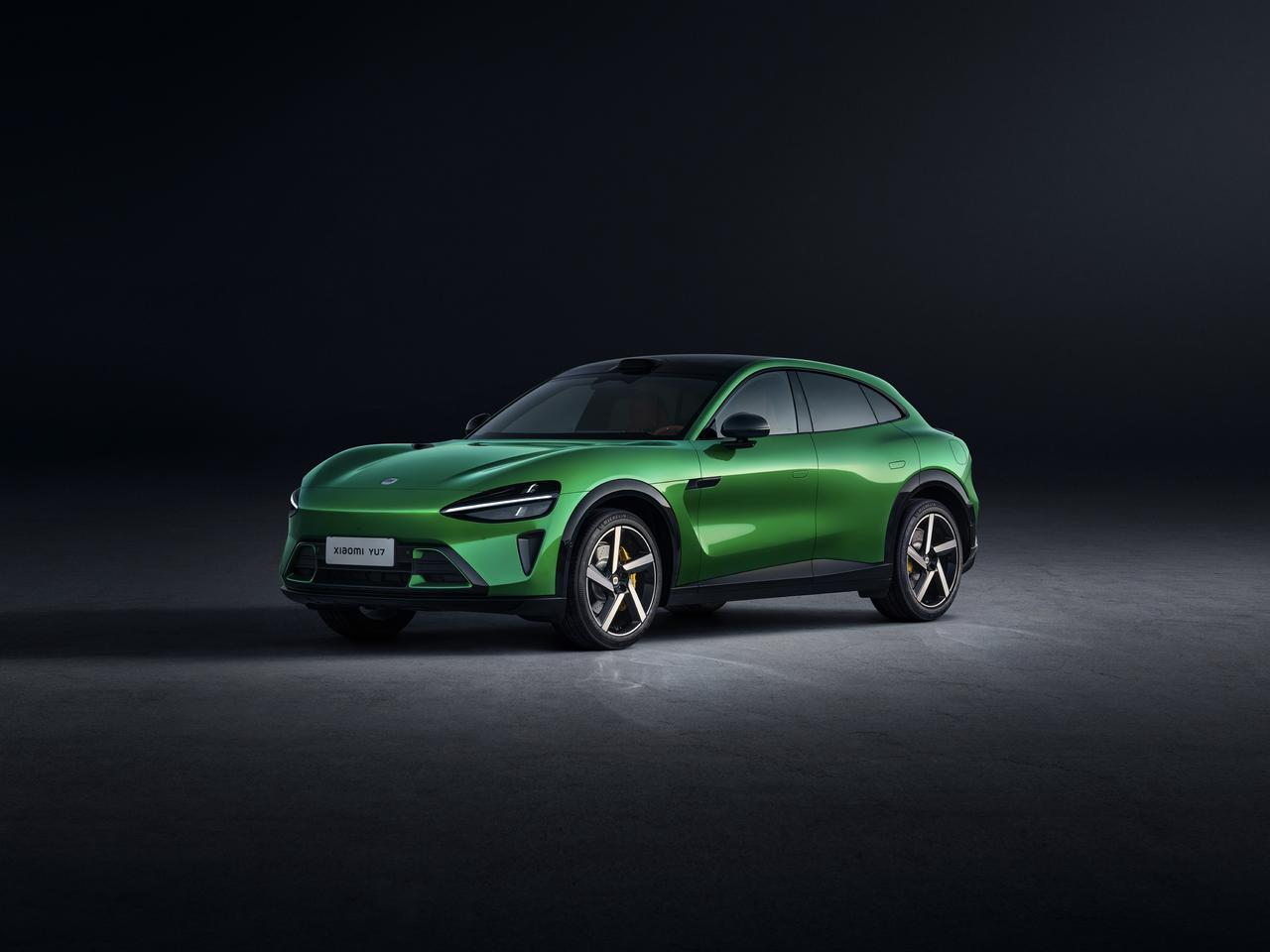
🎨 Exterior Design & Aerodynamics
Signature Design Elements
The Xiaomi YU7 maintains the consistent family design language of the SU7 series while introducing distinctive improvements:
- Enhanced Teardrop Headlights: More prominent and three-dimensional compared to the SU7
- Thoughtful Mi Logo Placement: Strategically positioned for brand recognition
- Muscular Shoulder Design: Wide shoulders that give the SUV a powerful, athletic stance
- Layered Rear Design: Multiple design layers creating a full, pert appearance
Advanced Aerodynamics
One of the most impressive features of the Xiaomi YU7 is its aerodynamic efficiency. The vehicle incorporates 10 sets of through-type air ducts strategically placed throughout the body:
- Front air ducts channel airflow from entry to exit points
- Significantly reduced drag coefficient for improved efficiency
- Hidden design elements that maintain aesthetic appeal
- Optimized airflow management for better performance
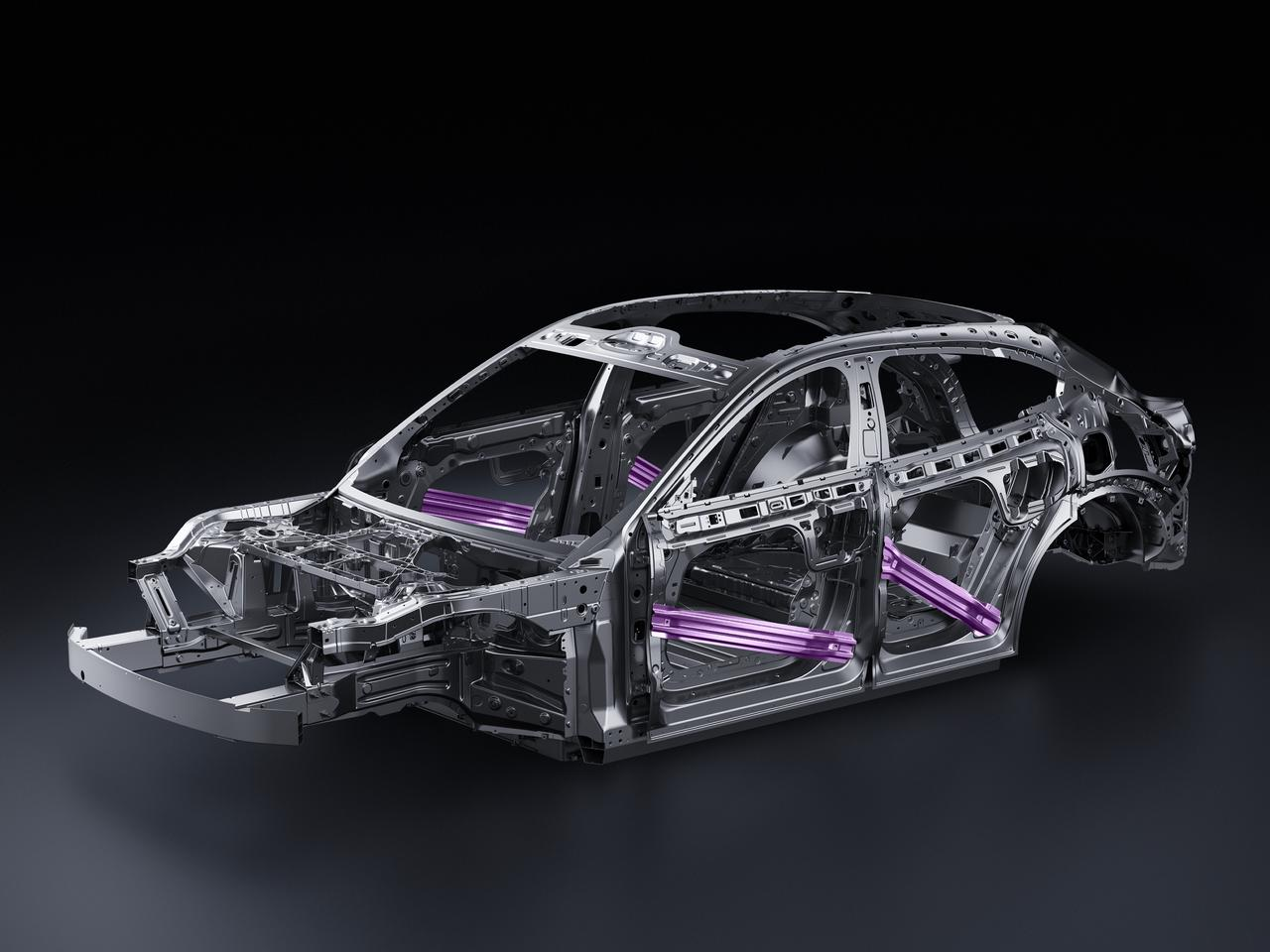
🔧 Innovative Features & Technology
Revolutionary Front Storage
The Xiaomi YU7 features what might be the most impressive frunk in the electric SUV market. The clamshell-style front hood opens to reveal a massive storage compartment that surpasses even the already generous SU7 frunk capacity.
Smart Access Systems
The vehicle incorporates multiple convenience features:
- Fully Hidden Door Handles: Touch-activated system that automatically extends when approaching with the key
- Multiple Frunk Controls: Physical button, voice commands (inside/outside), and mobile app integration
- Mechanical Convenience Button: Physical backup for reliable operation
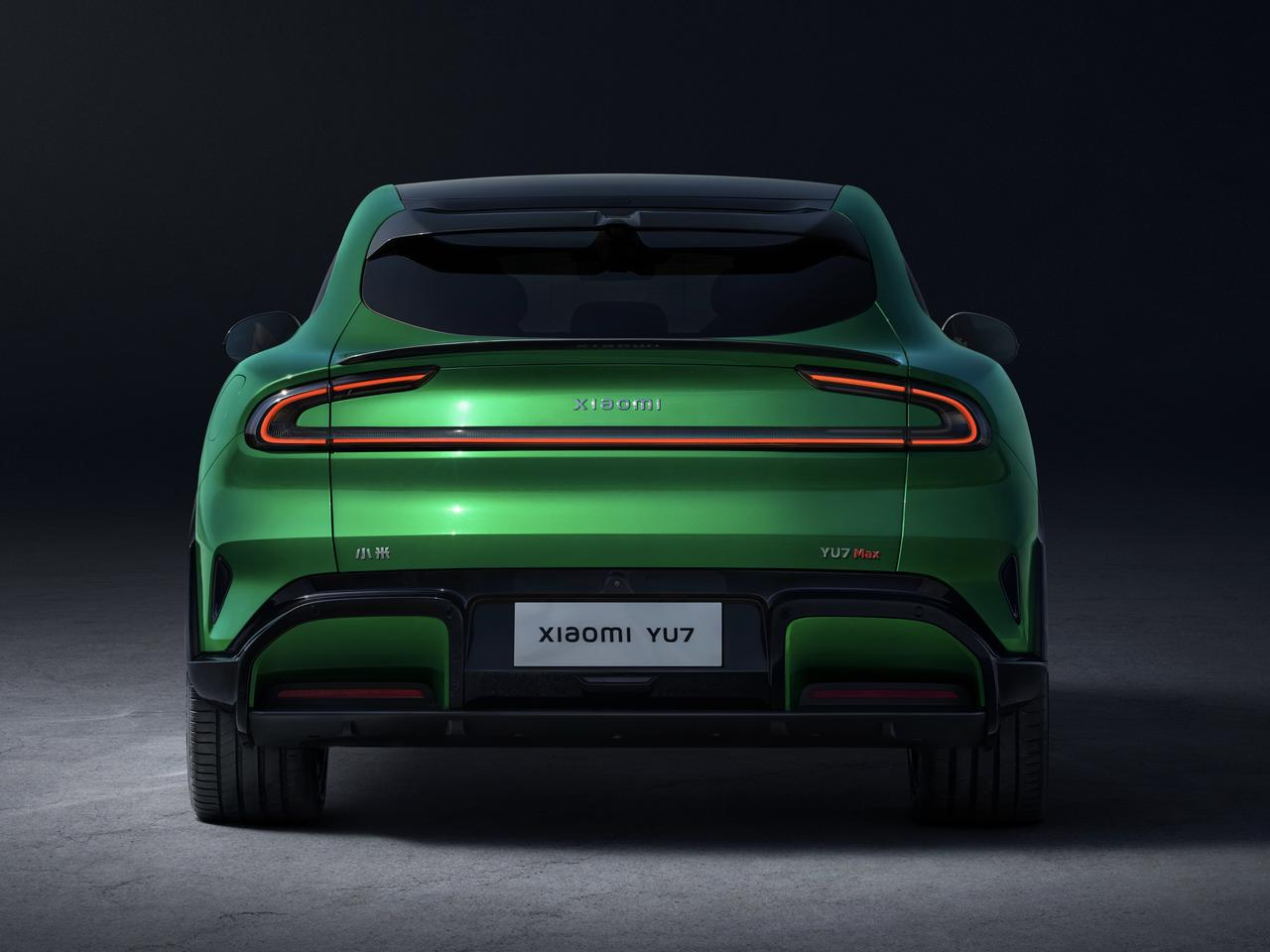
🏠 Interior Space & Comfort
Spacious Design Philosophy
The Xiaomi YU7 prioritizes passenger comfort with thoughtful space utilization:
| Measurement | Front Row | Rear Row |
|---|---|---|
| Legroom | 3+ fists clearance | Generous with reclining seats |
| Headroom | 1.5-2 fists (170cm height) | Variable with panoramic sunroof |
| Seat Features | Zero-gravity support | 135° electric recline |
Luxury Seating Features
Both front seats offer zero-gravity positioning, perfect for relaxation during charging stops. The rear seats transform into electric "sofas" with a maximum recline of 135 degrees, allowing passengers to lie back and enjoy the panoramic sunroof view.
Thoughtful Storage Solutions
The interior includes numerous practical storage options:
- Strategically placed storage compartments
- Semi-open umbrella storage areas
- Multiple small-item storage solutions
- Surprise storage discoveries throughout the cabin
🖥️ HyperVision Panoramic Display Technology
Technical Marvel
The Xiaomi YU7's HyperVision system creates an unprecedented visual experience through innovative engineering:
- Unique Projection System: Three high-definition display screens project content through panoramic curved surface technology
- Magical Depth Perception: Content appears 10-20 centimeters behind the glass, creating extraordinary visual parallax
- Integrated Design: Eliminates traditional instrument panels and HUD systems
- Simplified Dashboard: Creates a cleaner, more technologically advanced interior aesthetic
Enhanced Rear Entertainment
The rear seats feature two detachable tablet-style displays that can link with the front system for a comprehensive three-screen experience. These displays can be removed and used as extended devices, potentially serving as gaming controllers or mini tablets.
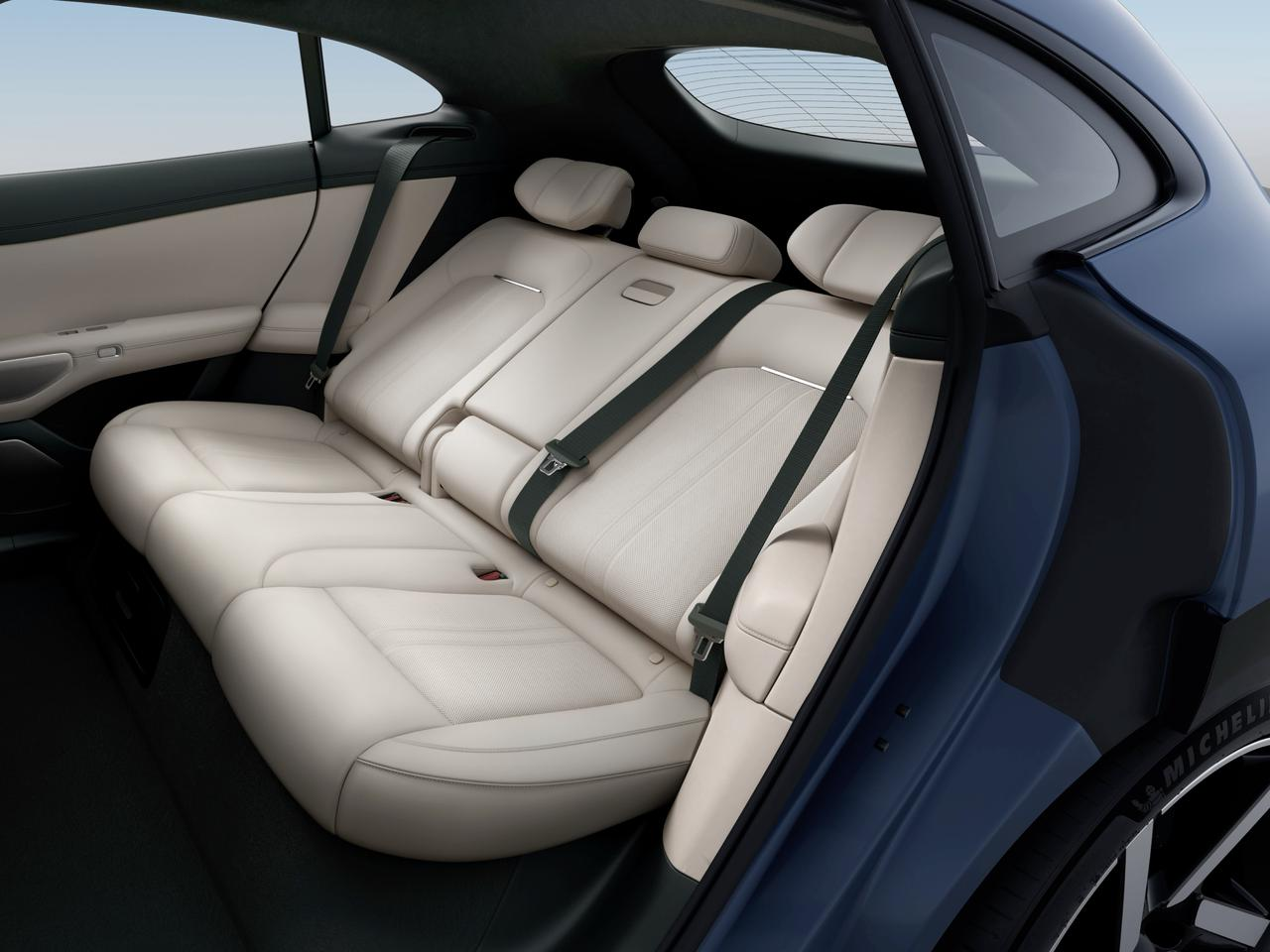
📦 Storage Solutions & Practicality
Three-Level Trunk System
The Xiaomi YU7 trunk is designed with maximum versatility in mind:
- Level 1: Main storage area with generous space for luggage and cargo
- Level 2: Hidden bottom compartment for secure storage
- Level 3: Expanded space with fold-down rear seats
Flexible Configuration
An electric button instantly folds the rear seats nearly flat, creating enough space for:
- Bicycles
- Golf clubs
- Large sporting equipment
- Camping gear
- Moving supplies
📊 Technical Specifications
| Feature | Specification |
|---|---|
| Vehicle Type | Electric SUV |
| Display Technology | 1.1m HyperVision Panoramic Display |
| Aerodynamic Features | 10 Through-Type Air Ducts |
| Seat Recline | Up to 135° (Rear), Zero-Gravity (Front) |
| Storage Levels | 3-Level Trunk System + Massive Frunk |
| Door Handles | Fully Hidden Touch-Activated |
| Rear Displays | 2 Detachable Tablet Screens |
| Sunroof | Panoramic Design |
⚖️ Pros & Cons
✅ Pros
- Revolutionary HyperVision display technology
- Stunning gem-green aesthetic appeal
- Massive frunk storage capacity
- Advanced aerodynamic efficiency
- Luxurious zero-gravity seating
- Flexible three-level storage system
- Innovative touch-activated door handles
- Detachable rear entertainment screens
❌ Cons
- Limited headroom for taller passengers (180cm+)
- Hidden door handles may require adjustment period
- Complex technology may increase maintenance needs
- Premium features likely increase overall cost
- Space comfort varies by individual height
❓ Frequently Asked Questions
🏁 Final Verdict
The Xiaomi YU7 represents a significant leap forward in electric SUV design and technology. From its eye-catching gem-green exterior to the revolutionary HyperVision panoramic display, this vehicle successfully combines aesthetic appeal with practical innovation.
The thoughtful engineering evident in features like the 10 through-type air ducts, massive storage solutions, and comfortable seating arrangements demonstrates Xiaomi's commitment to creating vehicles that excel in both form and function.
While the Xiaomi YU7 may have some considerations for taller passengers, its impressive array of features, stunning design, and technological innovations make it a compelling choice in the premium electric SUV market.



